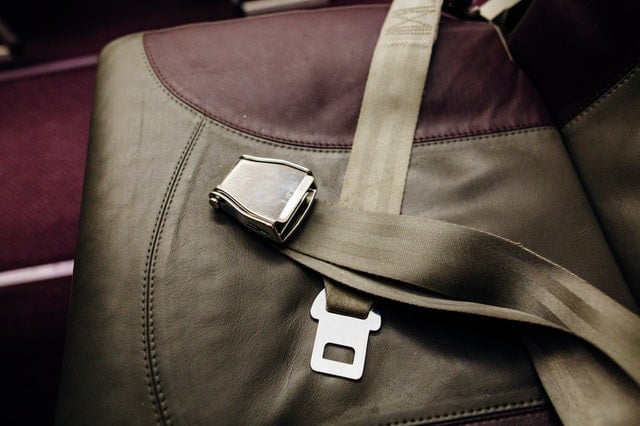Your seat belts play a vital role in keeping you safe inside your vehicle as a component of your car’s Supplementary Restraint System. However, unlike the airbag module, you regularly use your seat belt’s function. Even if you’re not activating the automatic mechanism of the seat belt pretensioner, your seat belt’s components can still take on damage over time.
Identifying Signs of Damage in Your Seat Belt
Although it’s necessary to prepare for the worst, sometimes it’s much more important to be wary of your routine. The everyday habits you perform when driving ingrained into your memory will be instrumental in keeping you safe on the road.
Since it’s already a habit to put on and take off your seat belts, you may not notice its signs of wear and tear. Failing to pay attention to these red flags is a cause for alarm regarding your safety.
In this article, we’ll share three signs of damage you should consider.
Tight or Loose Belt
Wearing a seat belt should feel snug and comfortable enough to give you enough upper body movement without restricting you too much in place. The three-point seat belt design offers effective protection while giving you dynamic movement, whether you’re in the driver or passenger seat. When pulling your belt, it shouldn’t be too tight on your shoulders or chest. If it doesn’t have any recoil when pulling, it might be too loose to protect you from a crash. The reverse can also make it difficult to respond immediately to emergencies.
A damaged spooling mechanism can be the root of a tight or loose belt. If you don’t feel a taut fit with your belt, check if any debris prevents the mechanism from retracting the webbing. You likely have broken components that need repair or a compromised mechanism due to wear and tear.
Compromised Webbing
Part of what makes a tight or loose belt is when the webbing has noticeable signs of wear and tear. A simple way to spot a seat belt due for replacement is scratches and tears on the webbing. You may experience some performance issues involving its slow recoiling or even complications with retracting from its pretensioner. Although damaged webbing may seem like a simple inconvenience, these small details can compromise your safety during an actual car accident.
Worn-out Buckle and Tongue
Connecting your webbing to the belt buckle ensures a noticeable click that signifies a secure lock. You feel very safe on the road when you hear that familiar click. Signs of deterioration can vary, from a rusted buckle to complications in the webbing’s attached tongue. If the lock doesn’t work correctly, the issue can be as simple as having blockage due to debris. Carefully brush away any signs of dirt or grime and attempt to connect the tongue and buckle again. If your seat belt still doesn’t lock, the mechanism may be compromised and require professional repairs or replacements.
Conclusion
Unlike your car’s proximity sensors and airbag module, you don’t need to experience a car crash to replace your seat belts. In fact, you may end up replacing more car seat belts in your lifetime than activating your car’s airbag deployment. Whether you’re repairing your seat belt after an accident or due to wear and tear, it’s important to get reliable replacements from the right vendors.
The right replacements for your car should come from reputable vendors of SRS components. At Safety Restore, we specialize in quality parts for your after-accident needs. If your vehicle needs immediate and effective seat belt repair service, contact us today.


